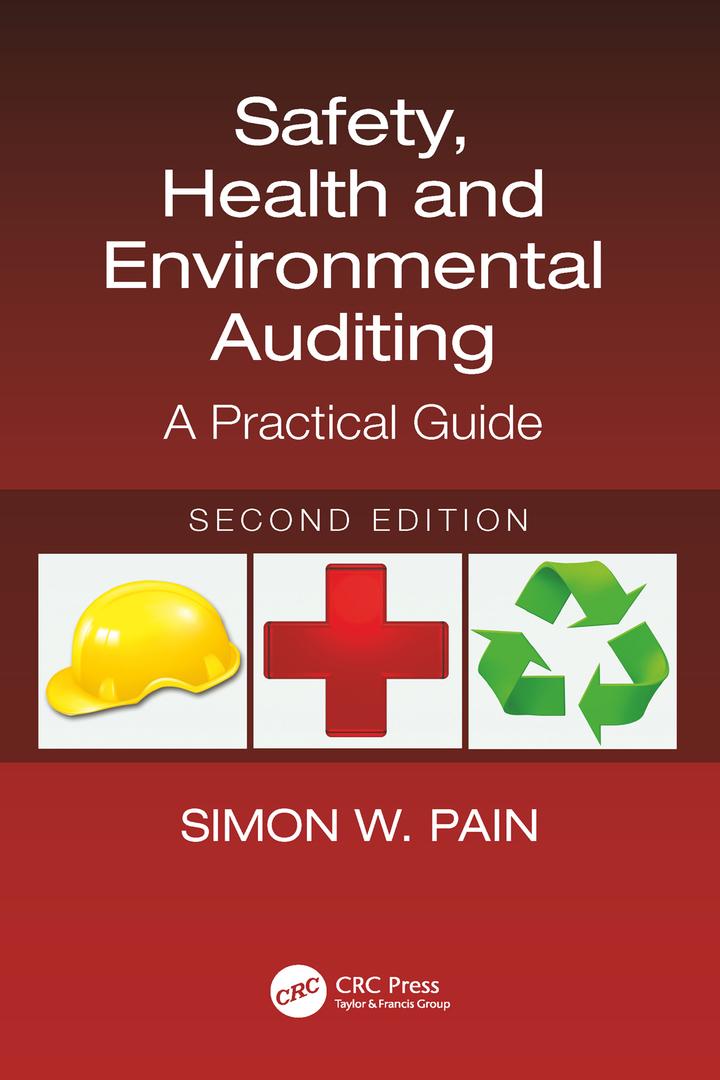

ATC 10-7 Ethical Dilemma I don't want to pay taxes i Dana Harbert recently started a very successful small business. Indeed, the business had grown so rapidly that she was no longer able to finance its operations by investing her own resources in the business. She needed additional capital but had no more of her own money to put into the business. A friend, Gene Watson, was willing to invest $100,000 in the business. Harbert estimated that with Watson's investment, the company would be able to increase revenue by $40,000. Furthermore, she believed that operating expenses would increase by only 10 percent. Harbert and Watson agree that Watson's investment should entitle him to receive a cash dividend equal to 20 percent of net income. A set of forecasted statements with and without Watson's investment is presented next. (Assume that all transactions involving revenue, expense, and dividends are cash transactions.) Financial Statements Forecast 2 with Watson's Investment Revenue Operating expenses Income before interest and taxes Income tax expense (effective tax rate is 30%) Net income Forecast 1 without Watson's Investment Income Statements $ 120,000 (70,000) 50,000 (15,000) $ 35,000 $160,000 (77,000) 83,000 (24,900) $ 58,100 Beginning retained earnings Plus: Net income Less: Dividend to Watson (20% of $58,100) Ending retained earnings Statements of Changes in Stockholders' Equity $ 15,000 35,000 0 $ 15,000 58,100 (11,620) $ 61,480 $ 50,000 Balance Sheets $400,000 $ 511,480 $ 0 $ 0 Assets (computations explained in following paragraph) Liabilities Equity Common stock Retained earnings Total liabilities and equity 350,000 50,000 $400,000 450,000 61,480 $ 511,480 The balance for assets in Forecast 1 is computed as the beginning balance of $365,000 plus net income of $35,000. The balance for assets in Forecast 2 is computed as the beginning balance of $365,000, plus the $100,000 cash investment, plus net income of $58,100, less the $11,620 dividend. Alternatively, total assets can be computed by determining the amount of total claims (total assets = total claims). Harbert tells Watson that there would be a $3,486 tax advantage associated with debt financing. She says that if Watson is willing to become a Page 589 creditor instead of an owner, she could pay him an additional $697.20 (that is, 20 percent of the tax advantage). Watson tells Harbert that he has no interest in participating in the management of the business, but Watson wants an ownership interest to guarantee that he will always receive 20 percent of the profits of the business. Harbert suggests that they execute a formal agreement in which Watson is paid 11.62 percent interest on his Harbert tells Watson that there would be a $3,486 tax advantage associated with debt financing. She says that if Watson is willing to become a Page 589 creditor instead of an owner, she could pay him an additional $697.20 (that is, 20 percent of the tax advantage). Watson tells Harbert that he has no interest in participating in the management of the business, but Watson wants an ownership interest to guarantee that he will always receive 20 percent of the profits of the business. Harbert suggests that they execute a formal agreement in which Watson is paid 11.62 percent interest on his $100,000 loan to the business. This agreement will be used for income tax reporting. In addition, Harbert says that she is willing to establish a private agreement to write Watson a personal check for any additional amount necessary to make Watson's total return equal to 20 percent of all profits plus a $697.20 bonus for his part of the tax advantage. She tells Watson, It's just like ownership. The only difference is that we call it debt for the Internal Revenue Service. If they want to have some silly rule that says if you call it debt, you get a tax break, then we are foolish if we don't call it debt. I will call it anything they want, just as long as I don't have to pay taxes on it." Required d. Comment on the ethical implications of misnaming a financing activity for the sole purpose of reducing income taxes








